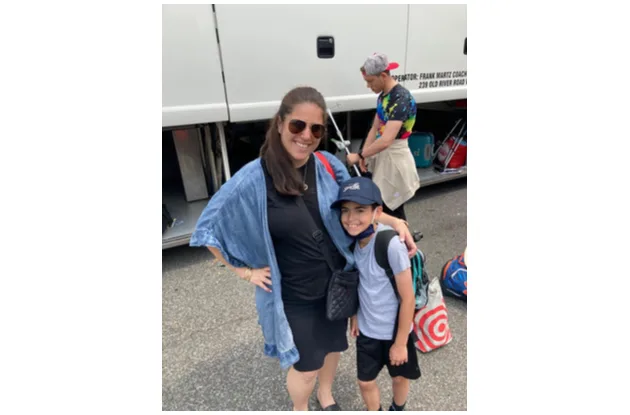Is your child standing or holding on to surfaces with both hands but will not let go and attempt independent standing? Not to worry, Pediatric Physical Therapist, Rebecca Talmud, PT, DPT, shares some simple ideas to encourage independent standing and build static and dynamic balance to ease the transition to ambulation!
We must remember that motor learning occurs in stages. Children require intrinsic and extrinsic feedback for each new skill. For standing, intrinsic feedback involves proprioception, utilizing the ground surface to push off for support, finding aligned neutral position, and engaging the necessary musculature to maintain balance. We can use massage to provide graded input to the foot. We can utilize joint compressions to the ankle, knee, and hip to promote awareness of each lower extremity joint. We can also encourage barefoot navigation as much as possible, to allow child to weight bear on different tactile surfaces, both indoors and outdoors!
Here are some ideas to help motivate:
- Take the focus off your child and more on the toys or objects that are motivating. Instead of saying, “Stand up and look at this toy,” try, “Wow this toy is so fun! Let’s play!”
- Use music, find a song that your child likes and have a “dance party.” While they see you standing and bouncing to the beat, offer them a hand to stand and join the fun. A good cadence can help encourage knee flexion/extension (facilitating leg musculature activation), which is important for independent standing and walking. Let them hold an egg shaker or tambourine so that their hands are busy and they let go of your support.
- Keep things off the floor, holding items at the level where child needs to stand and reach.
- Change up the environment if you can, the park, friends’/relatives’ houses, play spaces. It is important to generalize skills, and if the child is associating home with “work” it is good to mix it up!
- Use one-on-one peer modeling (with a peer who is standing/walking). Bring out a toy in open space at a height that encourages standing and manipulating. Allow your child to watch and engage with the other child.
- Play “make your own basketball” using different objects throwing them into the receptacle (held higher to encourage standing). Think outside the box, for example: throwing rolled up socks into laundry basket.
- Standing games, like Ring Around the Rosie. This encourages a sit to stand transition as well!
- Bouncing either on your lap or on a therapy ball. This is important for building that trunk strength and stability needed for standing and walking.
- Allow your child to experience different textures and deep input via joint compressions or massage to their feet and legs. This provides them with the necessary intrinsic feedback their body needs to truly develop motor patterns. While always providing positive extrinsic feedback and encouragement!
- Building confidence is half the battle, so be sure to allow for success in each activity and embrace your inner cheerleader! Motivate, encourage, participate!
Check out these other health care professionals in your area.





















